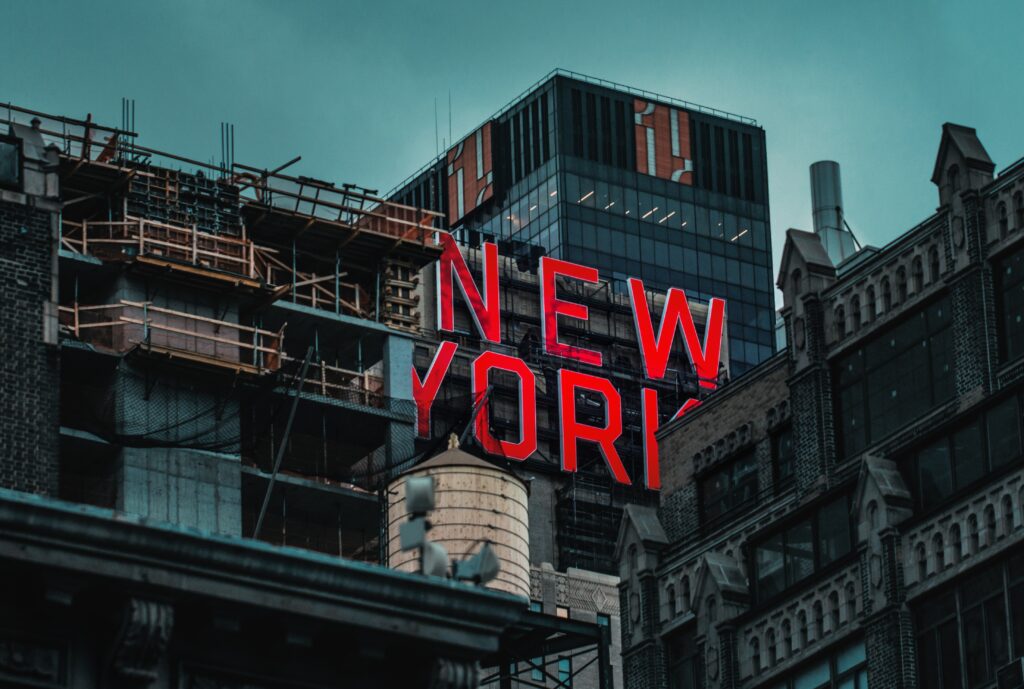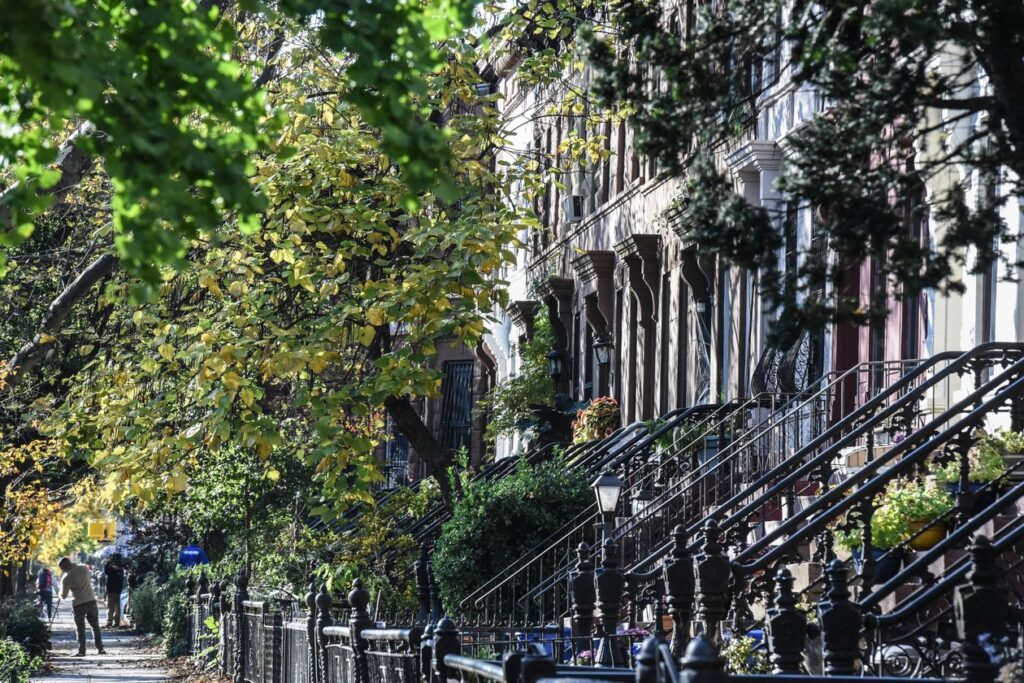The state of New York does not preempt cities and towns from implementing rent control. In June 2019, Governor Cuomo signed into law a sweeping expansion of rent regulation policies. While the intent of the law is to “provide permanent rent regulation protections to covered buildings” and “extend tenant protections statewide” to New Yorkers that need it the most, the reality is that rent control benefits the very few – and not necessarily those in greatest need – at the expense of the larger society. In fact, the new law removes an existing provision prohibiting individuals making over $200,000 annually from living in a rent-controlled unit.
New York
Overview
With so many people calling New York home, it’s no surprise that the state has long been facing housing affordability challenges. Combatting housing affordability issues in the state will require effective solutions that address the needs of all New York residents.
New York is home to approximately 20 million people – with 8.8 residing in New York City alone.
More than 4.5 million New Yorkers call an apartment home, with demand on the rise.
70% of low-income renters spend more than half of their income on housing.
Between now and 2030, New York will need to add 7,000 new apartment homes each year to keep up with demand.

Legal Landscape
A MISGUIDED LAW
REJECT PRICE CONTROLS
Alternative Approaches
Many states have adopted programs and initiatives to tackle the affordability crisis. In New York, policymakers and the housing industry have made concerted efforts to address the problem. Examples include:
Homebase is a neighborhood based program in New York City. The city works with community non-profits to provide services to households facing homelessness. Households receive services based on a scoring system that measures risk for homelessness. Households can receive emergency rental assistance, access to job training, and landlord-mediation services. Financial assistance is not guaranteed, and most assistance is not financial in nature. About 11,000 households are served by the program each year.
A one-time emergency grant, One Shot, offers applicants emergency grant assistance to cover first month’s rent and security deposits on new apartments or rent arrearages. Households may receive up to six months of assistance over any five-year period. Approximately 30,000 households receive assistance each year.
The Real Property Tax Credit program provides a refundable tax credit to households who have lived in the same New York residence for six months and paid monthly rent of $450 or less, excluding utility payments. For people who are 65 and older, the maximum benefit was $375, and for others, it was $75.
Through the Rural Rental Assistance Program, New York State provides up to 25 years of rental subsidies to projects that are financed using the USDA Rural Housing 515 program. Projects that have met the 25 year program obligation are now provided one additional year of RRAP rental subsidy each budget year if included in the enacted NYS budget. New York State stopped entering into any new RRAP contracts in 2008. Eligible tenants include any low income elderly and family tenants in rural areas of New York. Subsidies cover the difference between the monthly rent and 30% of income. The program serves about 4,475 low income renters in 219 projects across New York State.
The Solutions to End Homelessness Program (STEHP) provides assistance to individuals and families who lack stable housing. The program is managed by the Bureau of Housing and Support Services within the Office of Temporary and Disability Assistance. STEHP allocates funds to non-profit organizations or units of local government that operate programs including rapid-re-housing and eviction prevention, as well as supportive services tied to housing stabilization. An estimated 49,000 households are assisted on an annual basis. Assistance can be provided for up to 12 months; rental assistance can be provided up to six months.
Latest News
The Wall Street Journal: “How to Kill New York’s Rental Housing Market”
In this recent opinion piece, the WSJ Editorial Board argues that New York Governor Kathy Hochul’s proposed Good Cause Eviction standards equate to universal rent control and will be grossly ineffective as they “increase disincentives for investment” and “layer on subsidies.”
The New York Times: “To Fix a Housing Crisis, New York Leaders Seek to Revive a 1950s Idea”
New York state senators are set to propose a legislation package this week encouraging new housing development, reviving past initiatives for affordable housing construction and establishing a new public benefit corporation to finance housing projects on state-owned land.
Crain’s New York Business: Rent-law reform may repeat mistakes of past
Greg David, columnist for Crain’s New York Business, summarizes the history of rent laws in New York. The federal government imposed price controls throughout the economy during World War II. After the war, virtually every city in America let them lapse—but not New York. Rents here were kept from rising much for apartments built before […]

























